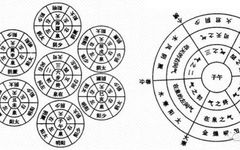
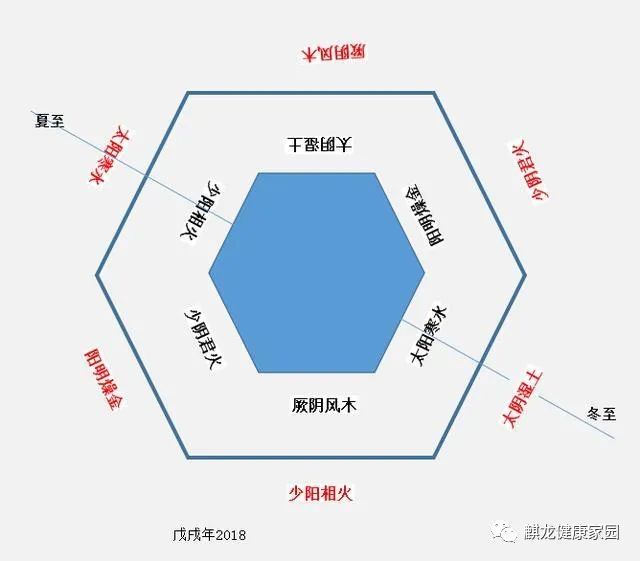
The seasonal Qi remains constant each year, referred to as “Zhu Qi” (主气), which governs the heavens, while the Qi of the springs changes annually, known as “Ke Qi” (客气). The rotation of “Ke Qi” occurs in a clockwise manner. For instance, in the year 2018, the “Xu” (戌) corresponds to the Tai Yang (太阳) cold water Qi (as indicated in red in the above image), which corresponds to the position of the summer solstice. Therefore, in the following year, 2019, it should be the next position in the clockwise direction, which is the Jue Yin (厥阴) wind wood Qi; the next year, 2020, corresponds to the right of Jue Yin, which is the Shao Yin (少阴) Qi; in 2021, it is the right of Shao Yin, which is the Tai Yin (太阴) Qi; in 2022, it is the right of Tai Yin, which is the Shao Yang (少阳) Qi; in 2023, it is the right of Shao Yang, which is the Yang Ming (阳明) dry metal Qi; and by 2024, it returns to the Tai Yang cold water Qi, just like in 2018.
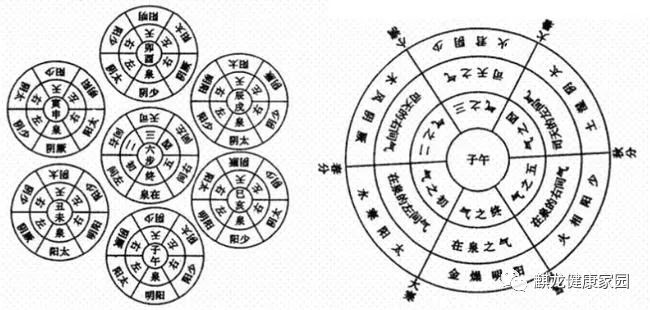
This clockwise sequence represents the order of one Yin (Jue Yin) → two Yin (Shao Yin) → three Yin (Tai Yin) → one Yang (Shao Yang) → two Yang (Yang Ming) → three Yang (Tai Yang). The “Three Yin and Three Yang” describes the internal Yin-Yang states of these six energies. In addition to the relationship between the Qi of the heavens and the springs, we know that these energies also have a certain “interior-exterior” relationship. What does this mean? For example, in a year governed by the Shao Yang Qi, the fire energy predominates, and Shao Yang is in an interior-exterior relationship with Jue Yin, thus it will also have a certain influence from the Jue Yin wind Qi, manifesting as a wind-fire energy. This is the symbiotic relationship of wind-fire energy itself.

The Yang Ming Qi governs dryness, and Yang Ming is in an interior-exterior relationship with Tai Yin, thus it also has a certain Tai Yin dampness, manifesting as a temporary alternation between dryness and dampness, which is the mutual balance of dampness and dryness.
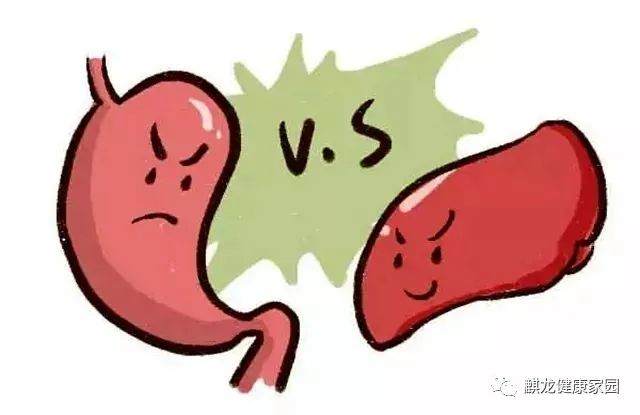
The Tai Yang Qi governs cold, and Tai Yang is in an interior-exterior relationship with Shao Yin, thus it also has a certain Shao Yin heat, resulting in a temporary alternation between cold and heat, which is the mutual balance of cold and heat.
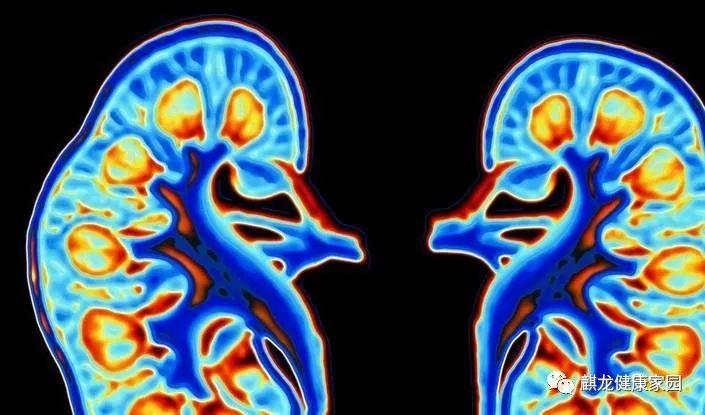
The remaining situations still hold true, and this is similar to the principle of the interior-exterior relationship of our body’s meridians. Although the energy may be somewhat dominant, it is always in a state of mutual symbiosis and balance.(Please consult a physician for diagnosis before taking medication; non-professionals should not perform acupuncture on their own.)(Source material from the internet)

